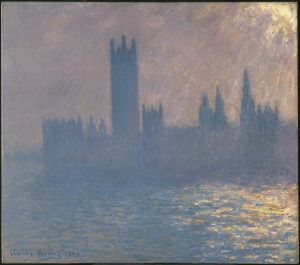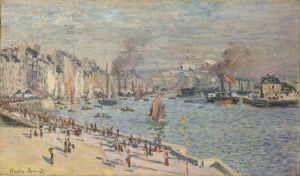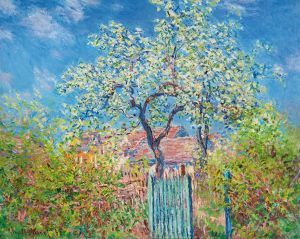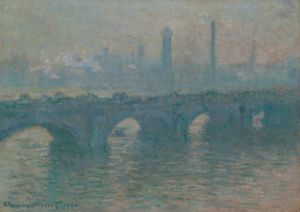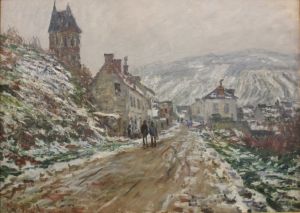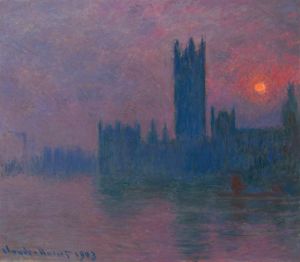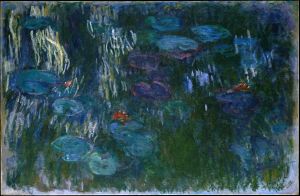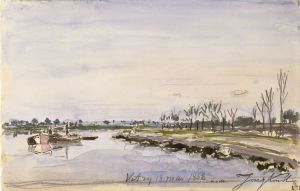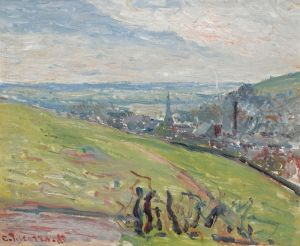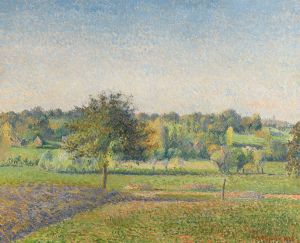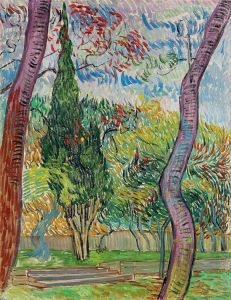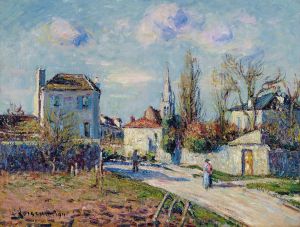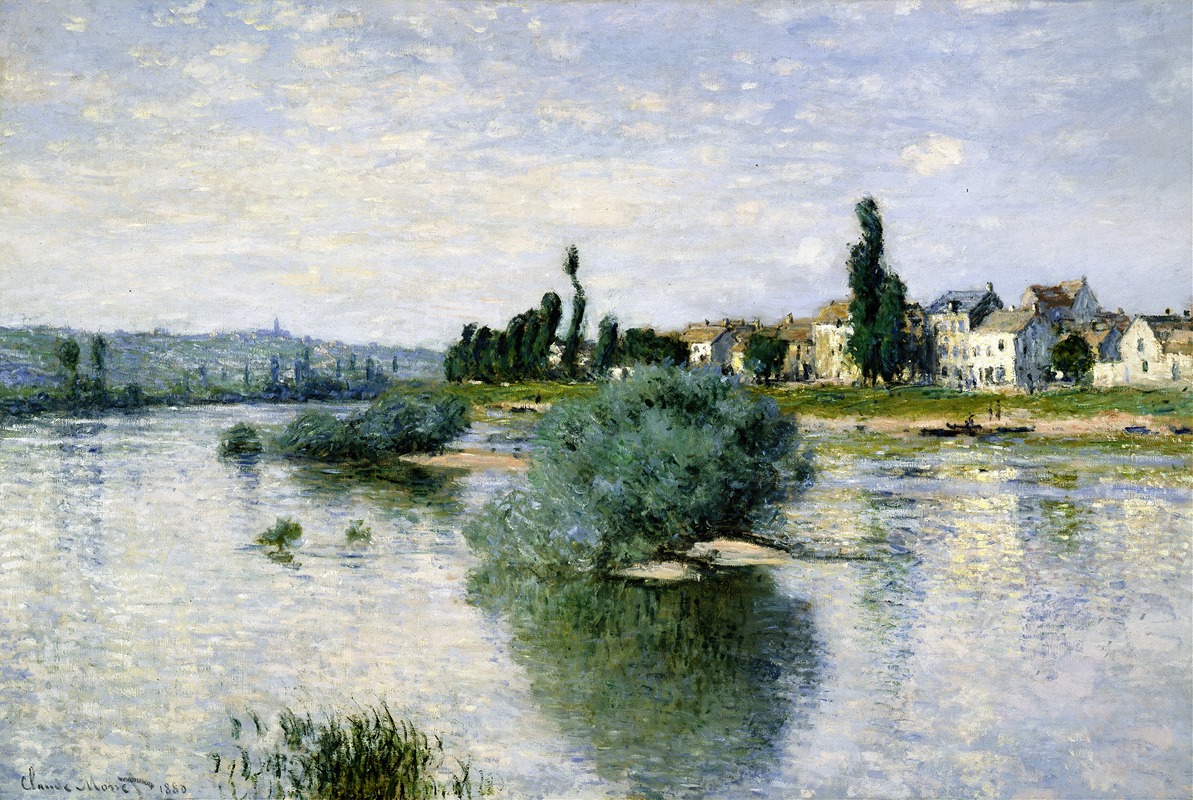
The Seine at Lavacourt
A hand-painted replica of Claude Monet’s masterpiece The Seine at Lavacourt, meticulously crafted by professional artists to capture the true essence of the original. Each piece is created with museum-quality canvas and rare mineral pigments, carefully painted by experienced artists with delicate brushstrokes and rich, layered colors to perfectly recreate the texture of the original artwork. Unlike machine-printed reproductions, this hand-painted version brings the painting to life, infused with the artist’s emotions and skill in every stroke. Whether for personal collection or home decoration, it instantly elevates the artistic atmosphere of any space.
The Seine at Lavacourt is an oil painting created by the French Impressionist artist Claude Monet in 1880. This artwork is part of Monet's extensive exploration of the Seine River, a recurring subject in his oeuvre, reflecting his fascination with the interplay of light, water, and atmosphere. The painting depicts a tranquil scene along the Seine near the village of Lavacourt, located west of Paris, where Monet lived for a period.
Monet's work during this time was heavily influenced by his commitment to capturing the fleeting effects of light and weather on the landscape. In The Seine at Lavacourt, he employs his signature Impressionist technique, characterized by loose, visible brushstrokes and a focus on the overall impression of the scene rather than precise detail. The painting conveys a sense of calm and serenity, with soft tones and a harmonious palette that includes blues, greens, and subtle hints of other colors to depict the water, sky, and surrounding vegetation.
This painting was created during a challenging period in Monet's life. In the late 1870s, he faced financial difficulties and personal struggles, including the death of his first wife, Camille Doncieux, in 1879. Despite these hardships, Monet continued to paint prolifically, often drawing inspiration from the landscapes around him. Lavacourt, a small village near Vétheuil, provided Monet with a peaceful setting to work and experiment with his Impressionist techniques.
Monet's focus on the Seine River in this painting reflects his broader interest in capturing the changing qualities of natural light and the effects of the environment on water surfaces. The Seine was a central motif in many of his works, and he often painted the same locations under different weather conditions and times of day to explore these variations.
The Seine at Lavacourt is now part of the collection of the Museum of Fine Arts in Boston, Massachusetts. It is considered an excellent example of Monet's ability to convey the ephemeral beauty of nature through his innovative approach to color and composition. The painting continues to be celebrated as a significant work within the Impressionist movement, showcasing Monet's mastery in portraying the subtle interplay between light, water, and atmosphere.





